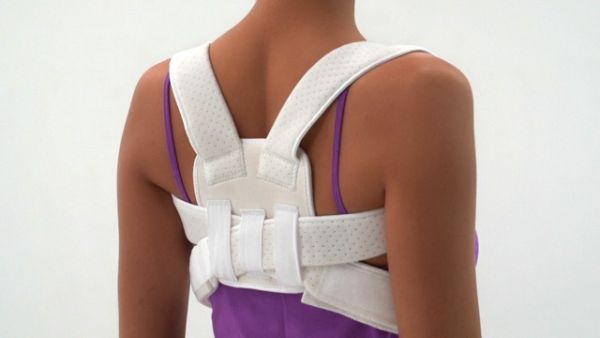Categorized via patient X-Rays evaluations and the Cobb’s angel numbers, Idiopathic Scoliosis is often misinterpreted by parents, thanks mainly to the doctors who treat the condition on more generic terms. The basic idea behind treated scoliosis is to watch it, brace it or fuse it. Hence, parents would need to understand that not every kid with scoliosis is the same. Hopefully, the pointers mentioned below would help parents understand the condition and its treatment options better.

The age of the person at the time of diagnosis would play a relevant role in determining the risks, and treatment options. For example, the Scoliscore genetic test would give parents as well as clinicians a useful insight into the future, especially in cases where the spinal curvature is less than 30 degrees. The test can be administered to kids at least 9 years of age. If the risks are high (aka a high genetic score) then parents would need to opt for surgery. If the genetic score were mild, the child would need to use a rigid brace for most part of the day in order to correct the condition. It is known that almost 70% of Scoliosis progression tends to occur within 30 months during pubertal growth, including between 13 and 16 years in males and 11 and 14 years in females. Children with curvature higher than 25 degrees who have yet to enter the pubertal growth would most likely experience escalated deterioration, as and when they enter this phase. On the other hand, children with curvature less than 50 degrees and past their pubertal growth phase would experience a reduce or stop in progression in most cases.

Another important factor pertaining to Scoliosis treatment is the curve pattern or type. The different curve patterns include lumbar primary (5%), double major (10%), thoracolumbar (25%), and thoracic primary (60%). The type of curve should be determined according to the gravitational alignment, the rotation angle at the apex of the curve, the number of vertebrae included in measuring Cobb’s angle and the amount of compensation. Relevant changes in the side view, aka sagital, would also need to be considered in these cases. Children with lumbar curve, thoracolumbar curve or thoracic primary without anterior displacement would not experience respiratory compromise. Children with lumbar spine involvement undergoing fusion would experience increased risks of permanent impairment, hardware failures and other side effects. Children with high thoracic primary, low vertebrae count and heavy rotation can go for rigid bracing which would eliminate the need for the other options mentioned above. A good clinician would be able to assist parents in understanding Scoliosis in their children and the effectiveness of the different treatment options available for the same. In addition to spending ample time with the child and his/her parents in explaining the condition, the clinicians should not scare them with false scenarios of poor health and death. They should also not oversimplify the condition in order to limit treatment options for the child.

Accordingly, some of the facts that need to be gathered upon Scoliosis diagnosis include the patient’s current age, gender, age at which the condition was first diagnoses and age at getting first menses (for females), type of curve, genetic predisposition, degree of apex rotation and neurotransmitter profile. In addition, you must consider number of vertebrae in the primary curve, gravitational alignment, sagital spine changes, global posture assessment, compensation, respiratory capacity, sensory integration tests, MRI, fitness levels, health conditions and symptoms. Summary Scoliosis in children is a hugely misinterpreted condition by physicians who follow a generic approach to treating the condition in every child who has it. These pointers would help parents as well as clinicians understand the condition as well as its risks and treatment options better.

